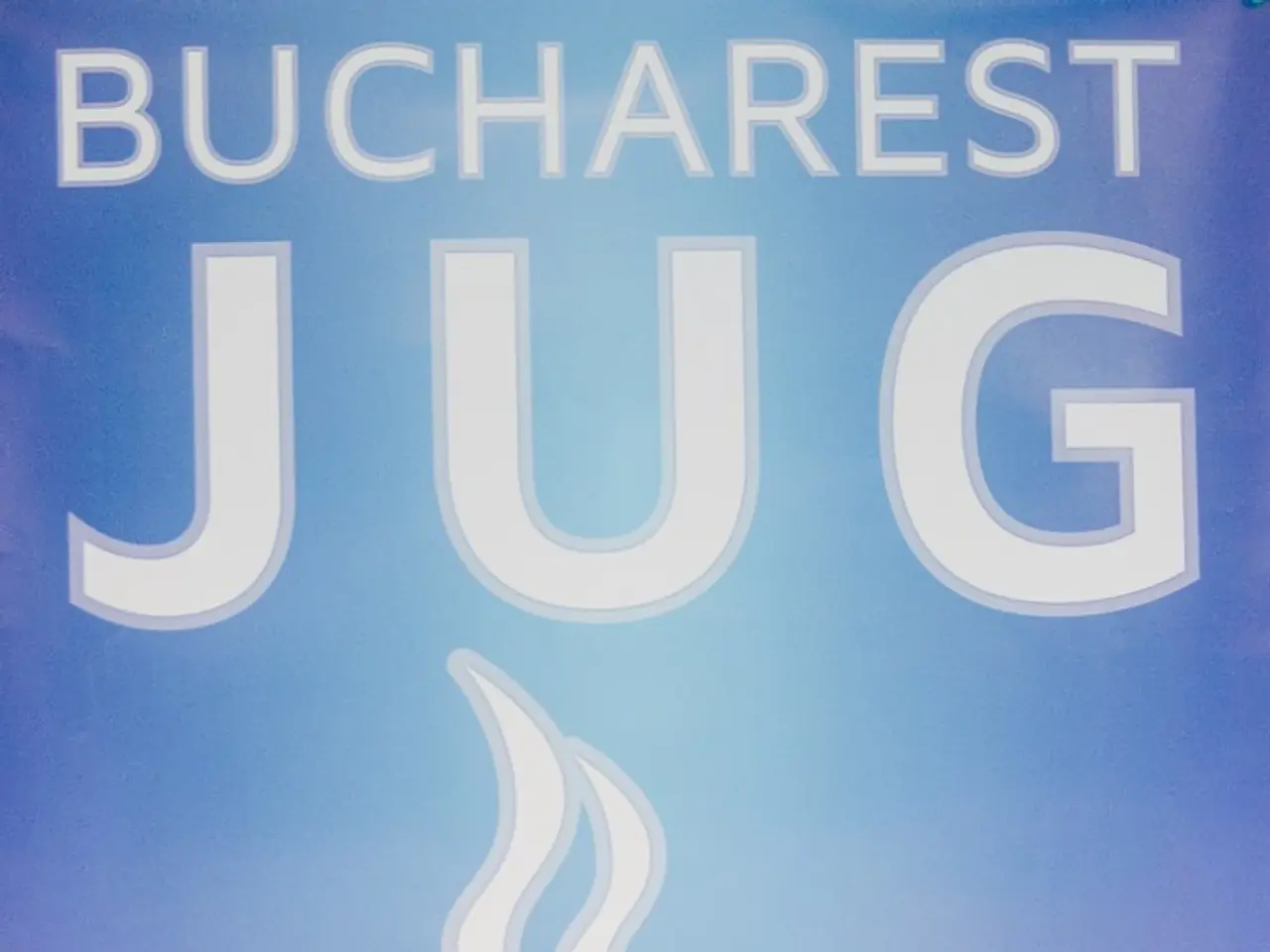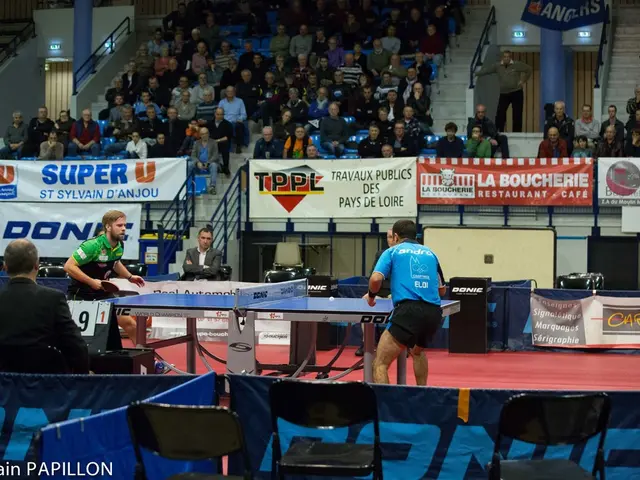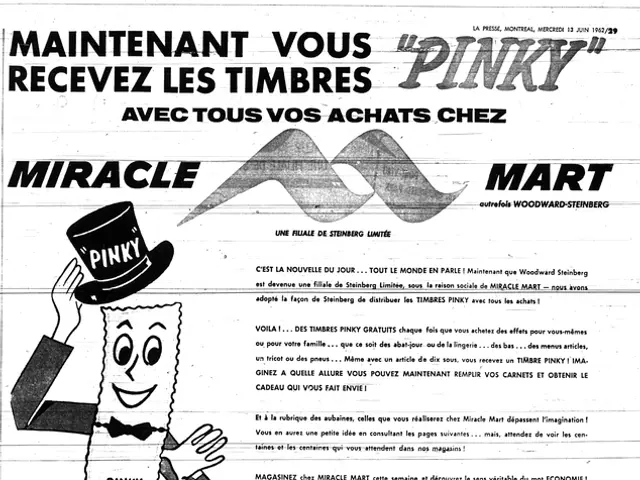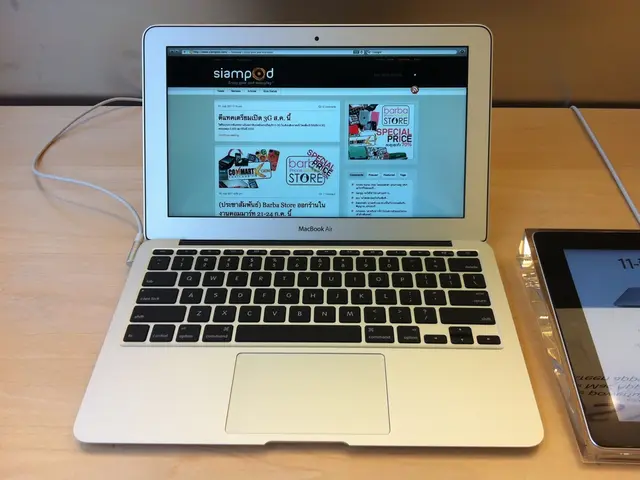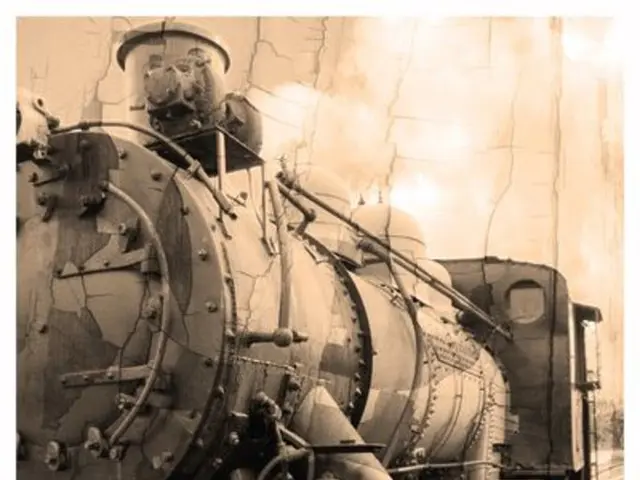The Multi-billion Dollar Green Agreement Between Fortescue and China: Will Australia's Iron Ore Titan Be Able to Transition to a Fossil-Fuel-Free Model?
Fortescue, a leading Australian mining company, has secured a significant boost in its mission to become carbon neutral by 2030. The company has landed a $2 billion loan from Chinese banks, marking a landmark green financing collaboration between Chinese and Australian financial institutions.
The loan, a five-year RMB-denominated syndicated term facility, amounts to approximately 14.2 billion yuan. Key lenders include Bank of China and Industrial and Commercial Bank of China (ICBC). This funding will provide Fortescue with the necessary capital to balance immediate operational needs with long-term sustainability goals.
Fortescue's decarbonization plans focus on three key areas: renewable energy projects, electric-powered mining equipment and transport fleets, and green hydrogen production and related systems. These investments aim to cut millions of tons of CO₂ equivalent emissions annually by replacing fossil fuels, particularly diesel, in Fortescue's Pilbara mining region.
The company plans to invest in renewable energy projects to replace fossil fuel-based power generation. This shift is expected to significantly reduce the carbon footprint of Fortescue's operations. Moreover, Fortescue aims to transition its mining equipment and transport fleets from diesel to electric-powered alternatives, further reducing emissions.
Fortescue is also set to develop and scale green hydrogen production and related hydrogen systems for cleaner energy use. Hydrogen, when produced using renewable energy, can serve as a low-carbon fuel for various industrial processes, including steelmaking.
In line with its commitment to sustainability, Fortescue has scaled back some green hydrogen plans and flagged a preliminary $150 million writedown tied to project changes. However, the company remains committed to its Real Zero target, aiming to achieve net-zero emissions by 2030 for its Scope 1 and Scope 2 operations.
Fortescue's decarbonization plans also include the purchase of hundreds of electric machines to replace its diesel fleet. The company is also building utility-scale solar farms near Cloudbreak and seeking approval for a solar hub at Turner River.
China's support for Fortescue's decarbonization aligns with its own push for greener supply chains and its 2060 carbon neutrality goal. As Australia's largest iron ore customer, China is also a rapidly expanding player in green finance. This deal strengthens Fortescue's relationship with a key trading partner during the green transition era.
The $2 billion loan is one of the largest green financing deals between an Australian mining company and China. It underscores the growing trend of green financing in the mining sector, with global investments in energy transition hitting over $1.7 trillion in 2024.
[1] Fortescue's 2024 GHG emissions profile showed that Scope 1 and 2 emissions were 2.72 million tonnes CO2e, while Scope 3 emissions were 269.31 million tonnes CO2e, mostly from the steelmaking process downstream. [2] Fortescue aims to stop burning fossil fuels across its Australian iron ore operations by 2030, targeting the absolute elimination of Scope 1 and Scope 2 emissions for its terrestrial iron ore business. [3] Fortescue is planning to buy hundreds of electric machines to replace its diesel fleet. [4] Fortescue plans to use the funds for renewable energy projects, electric transport fleets, and hydrogen systems. [5] The company expects to cut millions of tonnes of CO2e from annual operations and meet its Real Zero target by 2030. [6] Fortescue is launching battery systems and transmission lines for major hubs like North Star Junction. [7] The company aims to achieve net-zero emissions by 2030 for its Scope 1 and Scope 2 operations. [8] The company is building utility-scale solar farms near Cloudbreak and seeking approval for a solar hub at Turner River. [9] China's support for Fortescue's decarbonization aligns with its own push for greener supply chains and its 2060 carbon neutrality goal. [10] Fortescue's deal with China for a $2 billion green loan strengthens its relationship with a key trading partner during the green transition era. [11] China is Australia's largest iron ore customer and is also a rapidly expanding player in green finance. [12] The company has completed field trials for battery systems and transmission lines for major hubs. [13] Fortescue has a green hydrogen project in Pecem, Brazil, and smaller projects in Australia.
- The $2 billion loan secured by Fortescue from Chinese banks, labeled as a green financing collaboration, will be primarily used for investments in renewable energy projects, electric-powered mining equipment and transport fleets, and green hydrogen production and related systems.
- Fortescue's objective is to cut millions of tons of CO₂ equivalent emissions annually, aiming to replace fossil fuels, particularly diesel, in its Pilbara mining region, thereby significantly reducing its carbon footprint.
- In the realm of environmental-science and technology, Fortescue is planning to develop and scale green hydrogen production and related hydrogen systems for cleaner energy use, which can serve as a low-carbon fuel for various industrial processes like steelmaking.
- To transition its lifestyle, Fortescue is slated to purchase hundreds of electric machines to replace its diesel fleet and build utility-scale solar farms near Cloudbreak, with a preliminary plan for a solar hub at Turner River.
- Fortescue's ambitious goal is to become carbon neutral by 2030, aiming to stop burning fossil fuels across its Australian iron ore operations, targeting the absolute elimination of Scope 1 and Scope 2 emissions for its terrestrial iron ore business. This collective action aligns with China's push for greener supply chains and its 2060 carbon neutrality goal, strengthening Fortescue's relationship with a key trading partner during the green transition era.
